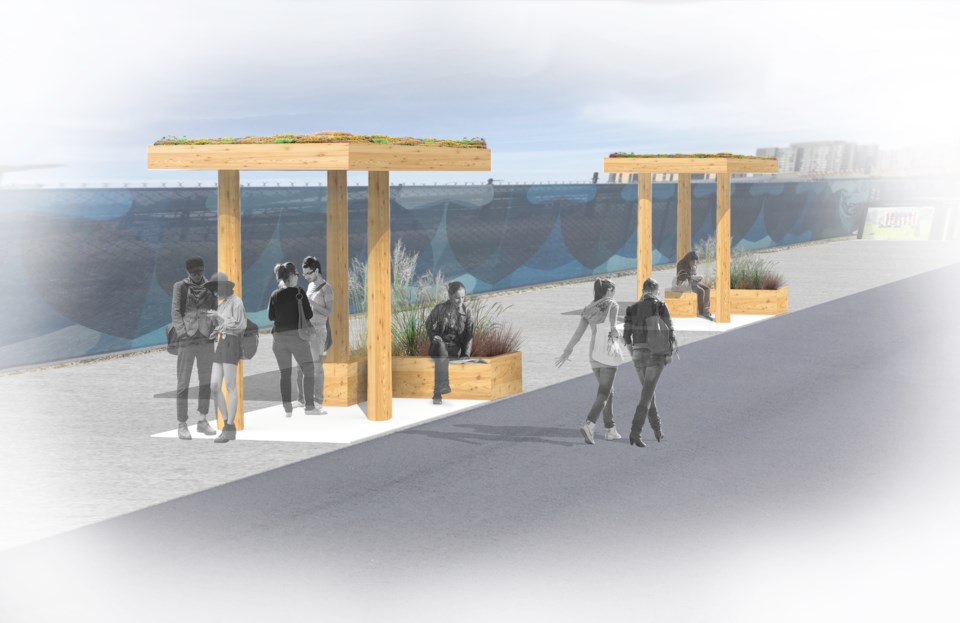A University of British Columbia urban forestry student is crowdfunding to build a prototype вҖңgreen roofвҖқ bus shelter at UBC and further research of the design.
Tabinda Shah, whoвҖҷs in her final year at UBC, is working with other students and faculty to launch the Tree Canopy project on campus to introduce a bus shelter with potential environmental benefits. She says a remaining $25,000 is needed to build the prototype shelter, which will be made with treated wood to withstand the elements and a green roof, which is a layer of vegetation simulating a canopy to control storm-water runoff. Мэ
Green roofs receive some push-back said Shah because of building and maintenance costs to cover large areas, so she conceived a small-scale project to research the advantages and determine the effectiveness of the prototype.
If the project is built, Shah says she will compare the roofвҖҷs storm water collection to typical bus shelters where storm runoff goes into the sewers carrying pollutants from the cityвҖҷs streets and eventually reaches rivers, streams or the ocean.
Shah says herproject also incorporates the concept of forest architecture, as seen in projects such as ItalyвҖҷs , which uses layers of greenery to simulate layers of the forest.
The cost to build one prototype bus shelter is approximately $50,000, but through grants and donations Shah has raised more than half the amount already.
The shelterвҖҷs design is also aligns with UBCвҖҷs Green Building Action Plan and UBCвҖҷs Public Realm Plan to improve outdoor public spaces. Shah partnered with UBCвҖҷs Social Ecological Economic Development Studies, which coordinates faculty, staff and students for projects to improve UBC.
вҖңStudents have the ability to build up the campus. That's unique and not a lot of campuses offer that, and itвҖҷs like a true living lab,вҖқ Shah said.
Building the prototype will take two weeks with treated wood provided by Structurlam, a timber manufacturing company. The deadline for the project has been extended a year in hopes to raise the necessary funds to build a prototype and continue research on environmental factors.
To learn more about the Tree Canopy project, visit .
Мэ
Мэ
Мэ
Мэ



